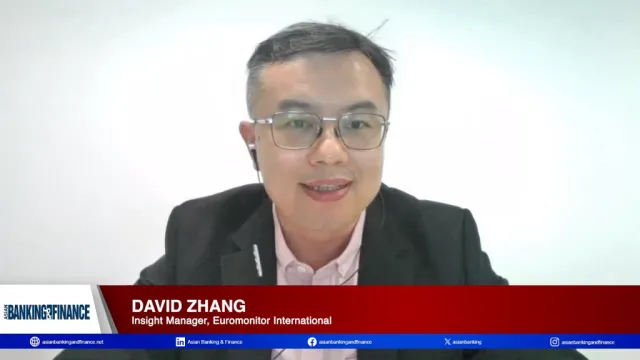
Chinese banks to be hit by high credit risks from overcapacity
This is following several high-profile defaults in late 2015 and early 2016.
High levels of indebtedness in industrial sectors facing overcapacity will remain a key risk for those sectors and weighs negatively on the operating environment for Chinese banks, says Fitch Ratings.
Here's more from Fitch Ratings:
Restructuring in highly leveraged sectors, such as steel, is still in the early stages, and more clarity around authorities' support for counterparties and which entities will receive priority consideration for support is necessary to improve the assessment and pricing of credit risk.
Over-capacity and over-leverage remain significant challenges for the Chinese steel industry, and Fitch believes that this will contribute to continued high credit risks in the sector following several high-profile defaults in late 2015 and early 2016. Restructuring is likely to be protracted by the significant employment and social implications of downsizing. This is exacerbated by the fact that steel production in China tends to be heavily concentrated in several regions.
The government has announced a target of eliminating 100 million-150 million tonnes of steel capacity by 2020. But Fitch believes that achieving even the bottom end of this target range could be very difficult politically as it would result in significant job and financial losses, especially considering the rapid growth in leverage for the sector - mostly funded by short-term debt - since 2012.
The average debt to asset ratio in the steel sector is more than 70%, and Fitch estimates the total debt for the industry at CNY3trn-4trn (USD451bn-603bn). This figure excludes upstream funding through payables and unpaid staff costs.
The industry as a whole relies on short-term financing to refinance its debt every year, and steel companies have a large amount of 'super' and short-term commercial paper maturing before end-2016. Fitch expects the steel sector to continue relying on the commercial paper refinancing. This underscores the liquidity risks the sector faces in the event of a sharp and sustained deterioration in the domestic bond market.
Latest data from the authorities shows the NPL ratio for Chinese commercial banks at 1.75% at end-1Q16, but the sector NPL breakdown has not been released yet. Nonetheless, data from overcapacity sectors such as the steel sector points to high levels of distressed assets which are not being recognized as NPLs. This is likely to lead to an understatement of NPLs by banks.
One-third of steel debt is in the form of bank loans, but this implies only around 1% of total bank loans are directly made towards the steel sector. As such, the direct risks to bank loan asset quality are likely to be limited, though banks may be exposed to the sector via non-loan credit such as investment receivables relating to steel companies and/or other forms of off-balance-sheet financing.
There are also broader consequences. If loan provisions and risk weights are being understated, this would indicate that reported bank capital levels are overstated. Furthermore, bank liquidity is being locked up in rolling over bad debt when it could otherwise be redeployed into the real economy.
This means less capital is available to support GDP growth, and points to the diminishing return on credit in recent years since the 2008-2009 stimulus. More broadly, this weighs negatively on the operating environment for banks as the system leverage is already high and still rising.




![Lorem Ipsum [ABF 1]](https://cmg-qa.s3.ap-southeast-1.amazonaws.com/s3fs-public/styles/exclusive_featured_article/public/2025-03/a_hand_pointing_to_a_futuristic_technology_5b87c9d0e3_1.png.webp?itok=2w0y1WhS)


![Cross Domain [Manu + SBR + ABF + ABR + FMCG + HBR + ]](https://cmg-qa.s3.ap-southeast-1.amazonaws.com/s3fs-public/styles/exclusive_featured_article/public/2025-01/earth-3537401_1920_4.jpg.webp?itok=WaRpTJwE)







 Advertise
Advertise

